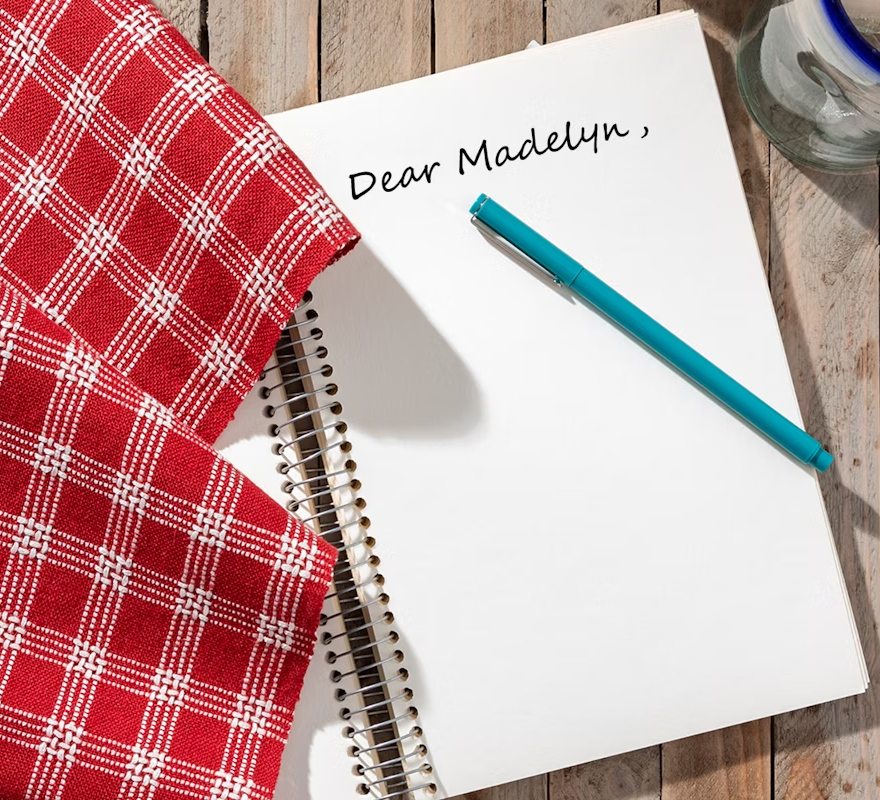 Loom waste is an inevitable part of weaving. I asked readers what they do with their waste, and here’s what I heard from them.—Madelyn
Loom waste is an inevitable part of weaving. I asked readers what they do with their waste, and here’s what I heard from them.—Madelyn
Make a New Warp
When I have time to weave but lack raw materials or the money to buy them, I warp my loom with groups of narrow warps. Each 3- to 4-inch-wide warp uses a few yards of leftover yarn (from cones, bobbins, or skeins), and I leave a couple of inches between these warp groups as I wind on and sley.
When weaving, I open a shed and then move across the row, putting one waste end in each narrow warp group, and allowing a healthy inch of fringe on both sides of each section. When I‘ve woven a row of squares, I hemstitch all four sides of them, just as I would do if I wanted fringe on a placemat. Then I leave a few inches of unwoven warp, and start over with a new row of squares.
When I take these warps off the loom, I use a rotary cutter to tidy all four sides of each square. I use these scrappy mug rugs in my own home, and they’re great to have on hand as gifts. I also send some to my daughter, a potter who uses them to display her merchandise at craft fairs.—Joy
Other Ideas to Try
 A cheerful dishtowel Tom Knisely wove using his knotted thrums in both warp and weft. He showed it off during a Weave Together 2025 class, where he taught about sakiori and zanshi. Photo by Long Thread Media
A cheerful dishtowel Tom Knisely wove using his knotted thrums in both warp and weft. He showed it off during a Weave Together 2025 class, where he taught about sakiori and zanshi. Photo by Long Thread Media
I knot my thrums together and wind them into balls as I watch TV. Later, I use those balls of thrums for warp or weft or both—a technique that Japanese weavers call zanshi. I don’t try to avoid the knots as I warp or weave, because they add interesting spots of texture to the fabric. Alternating dark and bright thrum colors as I do my knotting makes for lively fabric.—Tom Knisely
I have a friend who does needle felting, and I give her all my waste yarn. If the fiber is wool, she uses these bits to add detail to her felted pieces. If the yarn is acrylic, she uses it to stuff inside items that need stuffing. Perhaps your readers have a felting friend to whom they can pass on their scraps.—Alice
My friend Marie-Jeanne, who has been weaving for a long time, uses her cotton loom waste to make dishmops. She bundles the yarns, ties them to a short wooden dowel, and crochets a cap that holds the threads at the top. The mops are always beautiful, with a mix of colors—and they coordinate well with her handwoven dishtowels.—Françoise
Contact your local public or private schools to ask if the art teachers can use loom waste in their classes. Alternatively, some art quilters might welcome donations. Or, with patience and finger dexterity, you can knot the waste yarns and use them in Saori (or zanshi) weaving.—Judith
I used leftover chenille as weft for a weft-faced bench pad for my loom!—Joan
 Angela K. Schneider demonstrates how to prepare loom waste for carding and then spinning. Watch how she does it at the video link below.
Angela K. Schneider demonstrates how to prepare loom waste for carding and then spinning. Watch how she does it at the video link below.
Finding myself with a bag of assorted leftover bits, I did some experimenting. I got out my fleece carders and basically took the loom waste back to its original state and then spun it back into more yarn. I don't have enough waste to get a repeatable colorway but this doesn't really worry me, as I'm only using it for further fiber and textile experiments. By the way, the waste can be a mixture of fibers—-wool, synthetics, and the odd cotton—-as long as it can be carded.—Ann
Want to learn how to card your waste and then spin it into new yarn? Take a look at Angela K. Schneider’s video course, Spinning Garneted Fibers.
First published April 19, 2016; updated April 23, 2025

